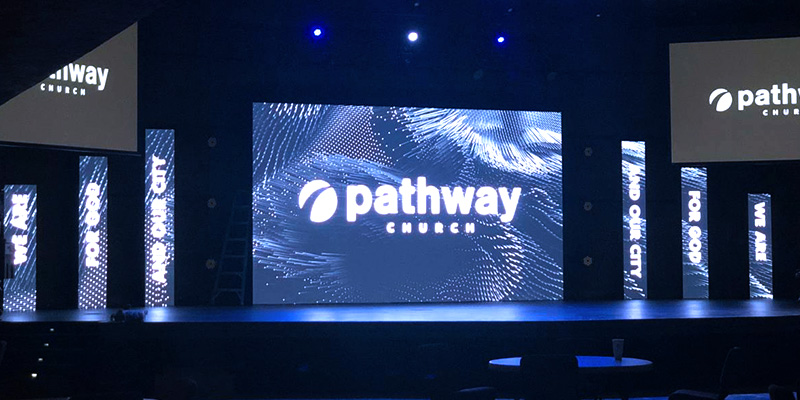Mastering Color Precision in LED Display Adjustment for Stunning Visual Presentations
Mastering Color Precision in LED Display Adjustment for Stunning Visual Presentations
Blog Article
Hue accuracy is crucial for producing stunning visual displays, particularly when using LED screens. These large screens are commonly found in places like concert venues, sports arenas, and promotional billboards. When the hues on an LED screen are not correct, the visuals can look flat or warped, which can impact the total impression for audiences. Therefore, perfecting color accuracy in LED wall calibration is vital for achieving vibrant and realistic images.
The initial step in ensuring color precision is comprehending how LED technology works. LEDs, or light-emitting diodes, produce light in various shades by mixing red, green, and blue (RGB) light. Each pixel on an LED wall consists of these three colors. When tuned correctly, the combination of RGB can create a wide range of colors. However, if one color is too intense or too dim, it can distort the whole screen. This is why tuning is needed to equalize the colors and achieve the desired graphic result.
Calibration involves modifying the settings of the LED screen to ensure that the colors shown correspond the initial content as closely as possible. This procedure usually involves using specific software and hardware instruments. Technicians often use color read this article measurement devices, such as color meters, to examine the colors being shown. By comparing the assessed hues to standard color values, they can make precise adjustments. This ensures that the hues are not only vibrant but also uniform across the entire screen.
Another crucial factor of color accuracy is comprehending the environment in which the LED wall is employed. Elements such as surrounding light can significantly impact how colors look. For example, a well-lit illuminated room may wash out hues, making them look not as lively. To counteract this, technicians may modify the brightness and contrast settings of the LED screen. Additionally, they may choose particular color settings that are more suited for various lighting conditions. This flexibility helps maintain color accuracy regardless of the observing environment.
Ultimately, routine upkeep and re-tuning are essential for keeping an LED wall looking its finest. Over time, the performance of LEDs can change due to elements like degradation and temperature fluctuations. Regular inspections and adjustments can help ensure that the hues remain correct and lively. By committing time in appropriate calibration and maintenance, venues can provide viewers with breathtaking graphic displays that improve their total experience. Mastering color precision in LED wall tuning is not just a technical job; it is an expertise that contributes to the wonder of graphic storytelling.